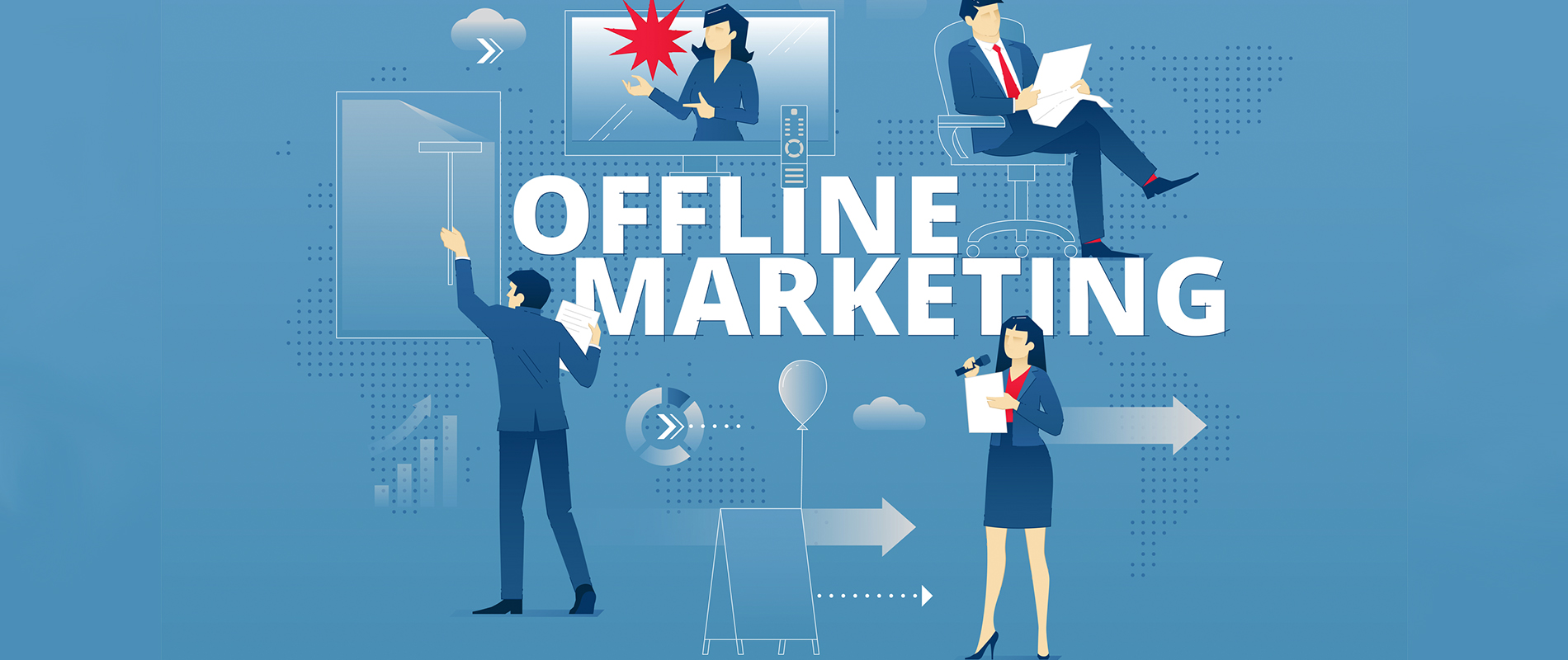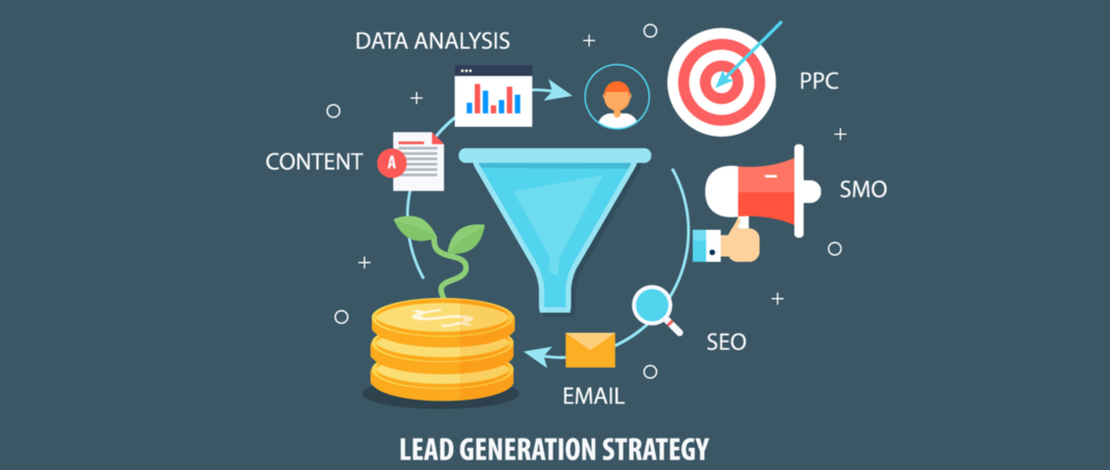
Get weekly
HubSpot updates
Lead generation is hard, especially if you are a marketing manager for a B2B company that sells a high ticket product or service. So how can you make sure your budget is allocated to the right marketing tactic when there are so many different online and offline strategies to choose from?
Although we here at SpotDev are clearly huge fans of all things digital, we are highly aware of the importance of an offline marketing strategy. When this is combined with your digital marketing efforts, the impact on your sales pipeline could be substantial.
Here are our top three tried and tested offline tactics:
1. Trade shows
Exhibiting at a trade show, although costly, can be a lead generating goldmine for any business – as long as you choose the right shows to exhibit in and have a strong follow-up strategy in place to nurture the leads you’ve captured.
2018’s Marketing Mix report reveals that trade shows and events are the top marketing expenditure for 53% of B2B marketers, but just being there isn’t enough. Having a good lead capture or show offer to promote whilst you are there will allow you to engage leads that have a real interest in your offering as well as a reason to get back in touch with them after the show.
It may seem like a good idea to run a competition with a high-value giveaway in order to attract visitors to your stand; however, anyone at the show will be happy to enter, diluting the quality of your leads. Any offers you provide should relate back to your buyer persona and their pain points. Instead of a giveaway you can capture their details in exchange for a free, valuable template or report that gets sent straight to their inbox.
To get the most out of your trade show leads, you can use email automation to nurture and educate them further so that you can stay top of mind after all the noise of the show has dissipated. Your sales team can then prioritise hotter leads rather than individually following up on every lead you captured at the show.
2. Direct Mail
Email marketing is a cost-effective way of reaching a large, targeted audience and provides you with the data to measure your ROI. However, how many emails do you get every day compared to physical mail?
As the competition for your physical mailbox drops and your email increases, B2B marketers can make use of the low competition to increase brand awareness and push campaigns in a memorable way. Physical marketing material takes 21% less effort for the brain to process and remember by engaging with more of your senses according to reports.
You can then track those who get in touch due to your direct mail by using tracking numbers through software such as ResponseTap or by sending them to a clean landing page URL set up for the campaign to measure your results.
What’s more, you can combine this into your paid media strategy; by uploading your mailing list to Facebook and Google Ads, you can then retarget your recipients to take action and move them further down your marketing funnel.
3. Hold seminars
Another great way to help build brand awareness and establish your business as an authoritative voice in your industry is through speaking slots and holding educational events such as seminars, roundtables and workshops to discuss topics and trends that relate to the industry you service.
By having a particular theme or specific topic for each event, you can start to engage with a following of regular attendees who will not only remember your brand, but see you as a thought leader to help you stand out from your competitors.
Social ads, email marketing as well as direct mail, are great ways to get your event in front of the right audience and by encouraging attendees to sign up, even if its a free event, will drive people to commit their attendance and build up a mailing list for your next one at the same time.
Wherever you decide to spend your marketing budget, the key point is to make sure your messaging is consistent across all communications and customer touchpoints, be clear on what you want leads from whatever marketing source they come from and measure the results from all your campaigns to provide a clear ROI for all your marketing efforts.

